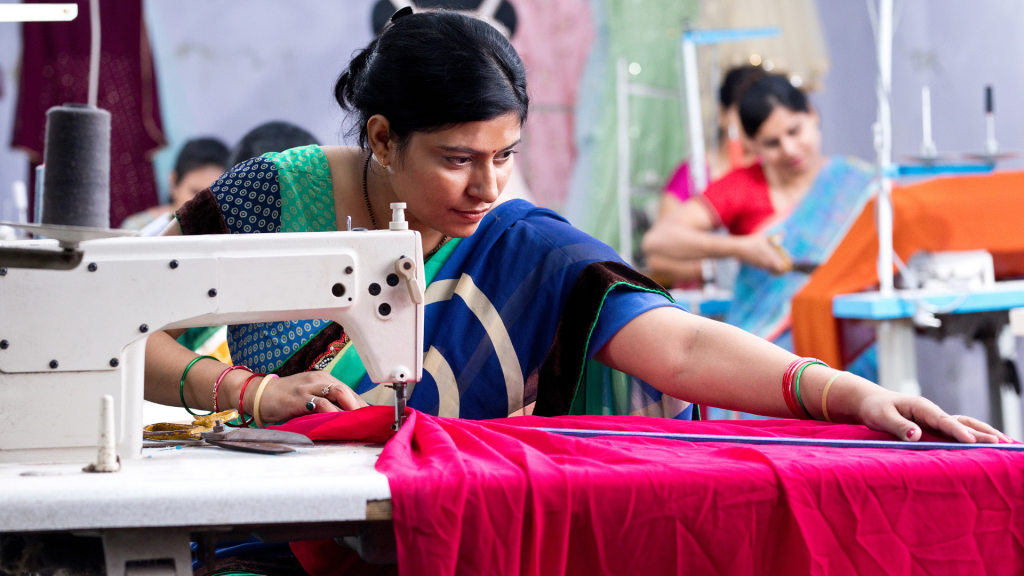India’s textile industry didn’t just squeak through Donald Trump’s first term in office unscathed. It thrived.
Now with the return of The Donald, Indian textile exporters are feeling confident about their prospects, despite his talk of a 10% tariff on imports.
“We don’t anticipate any tariff hikes. The US and India have had good relations for a very long time,” says Mithileshwar Thakur, secretary general of India’s Apparel Export Promotion Council.
India’s the fourth largest apparel exporter to the US after China, Vietnam and Bangladesh, producing for brands like Ralph Lauren, GAP and Zara. Its textile exports to the US amounted to $4.7 billion in 2024, around 9% of the US’s textile imports.
And if Trump unleashes his threatened 60% tariffs on Chinese imports, it’s the other leading textile-exporting countries that stand to gain.
Read more: Trump 2.0: What’s in it for Indian stocks?
How do you MONIIFY this?
India, whose exports of ready-to-wear clothes rose 12.9% in December, is well-poised to benefit.
According to the US International Trade Commission, India’s control of the textile supply chain, aka vertical integration, is second only to China.
During Trump 1.0, a basket of five major Indian textile players — with a market cap of over $1 billion each — gave an average return of 200%.
In the past year, Grasim Industries, Vardhman Textiles and Arvind Ltd have given between 15%-36% of returns on the bourses.
Other players like Welspun Living and Nitin Spinners are currently trading below industry price-to-earnings.
Grasim is the most expensive stock of the lot, with forward price-to-earnings at a whopping 100+ times, while the others are trading at a bargain, between 12-20 times profits. They’re trading at almost half the valuation of the Nifty 50.
The companies are all growing revenues in a healthy mid-teens range, with tariffs or Trump worries hardly visible in analysts’ estimates for revenues and profits, according to LSEG data.
Read more: Modi’s India needs BFF Trump more than US does
Dumping doubts?
But not everyone is as unconcerned about the industry’s prospects under Trump 2.0, with some warning that tariffs on China could prove a double-edged sword.
“If the Chinese economy fails to recover and its domestic demand does not improve, India could face increased dumping pressure from China,” says Garima Kapoor, an economist at Elara Capital, in a report.
That’s how things recently played out in Indonesia when domestic textile giant Sritex crumbled amid mounting debts and cheap imports.
Read more: TCS brings the fireworks, but can India Inc. keep the show going?
Overall, though, the industry mood is confident, with players looking to strengthen their global position.
HKL Magu, founder of Jyoti Apparels, says that India needs to expand its capacity to compete better. Industry insiders are hoping that events like next month’s Bharat Tex in New Delhi, one of the world’s largest textile fairs, will be the platform to do just that. Expect talk of tariffs to be high on the agenda.
Edited by Victor Loh and Tim Hume. If you have any tips, ideas or feedback, please get in touch: talk-to-us@moniify.com






